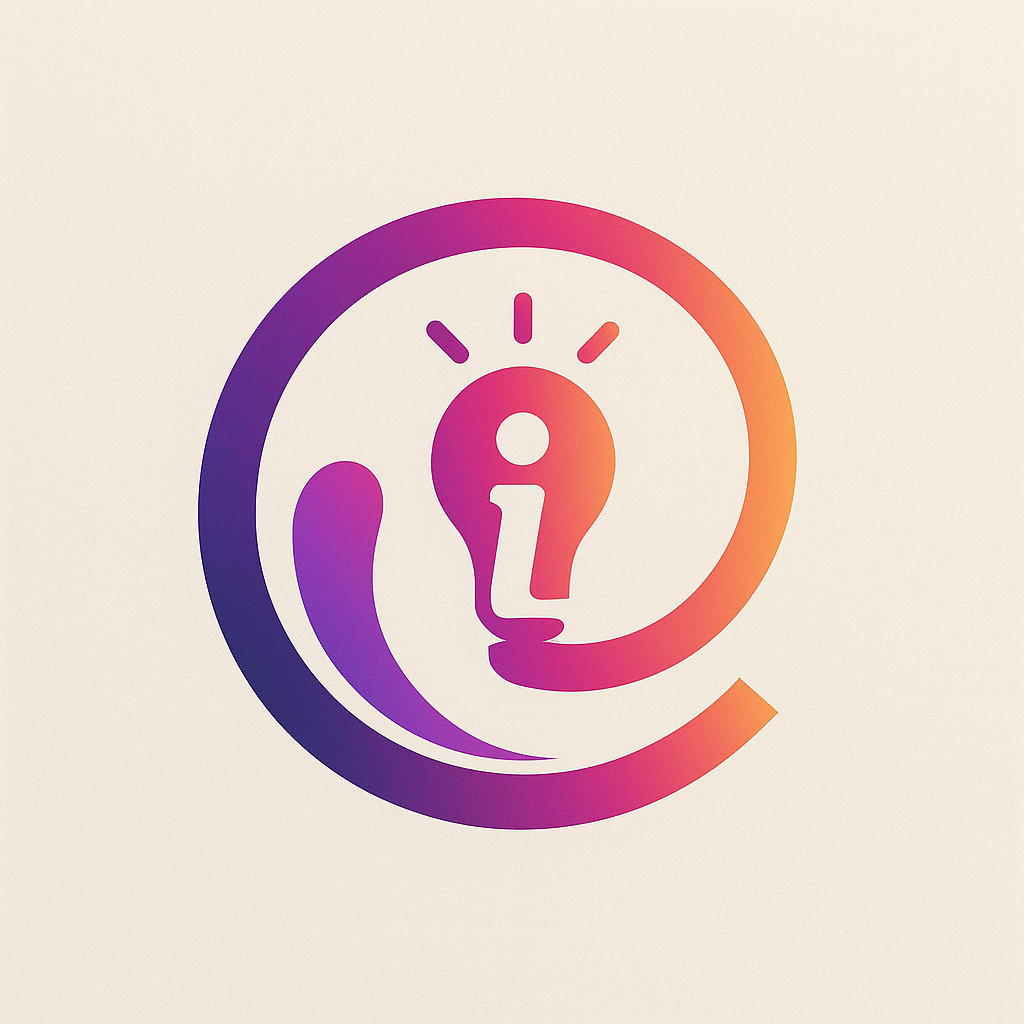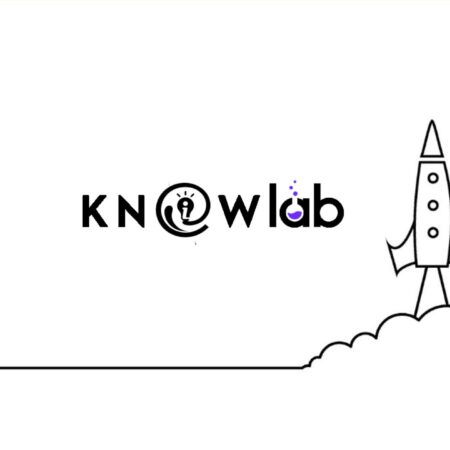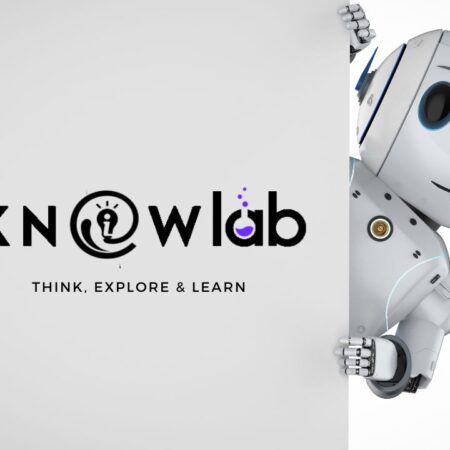 SONY
SONY
1) The first product developed by the tech giant SONY was an electric rice-cooker made of aluminum electrodes and a wooden bucket.

Sony, a multinational conglomerate, is famous for its electronic goods and is a key player in the market. However, the company had a humble beginning in 1945 when it was founded by a defense contractor named Masaru Ibuka. The first product created by its founder was not a fancy electronic gadget but a humble rice-cooker. The rice-cooker was released under the company name “Tokyo Telecommunications Research Institute.”
The electric rice-cooker was created by interlocking a pair of aluminum electrodes that were attached to a simple, wooden tub. The product was considered to be a failure as the end product relied heavily on the quality of rice and the quantity of water. The product consistently produced mostly undercooked or overcooked rice. Since the product was considered a failure, it was never released in the market. (1, 2)
 2) The concept of Sony Walkman, one of the bestselling products in the firm’s history, was not appreciated by company executives initially.
2) The concept of Sony Walkman, one of the bestselling products in the firm’s history, was not appreciated by company executives initially.
APPLE
1) The firm was founded by three people, namely Steve Jobs, Ronald Wayne and Steve Wozniak, in the year 1976.
2) The very first Apple logo featured Sir Isaac Newton sitting underneath a tree, with an apple about to hit his head.

 3) The first computer sold by Apple was priced at US $666.66, which is said to be the number of Satan.
3) The first computer sold by Apple was priced at US $666.66, which is said to be the number of Satan.
4) Steve Jobs produced Apple – 1 in the summer of 1976. The same computer was sold at an auction for $905,000 in 2014.

5) In 2002, Fujitsu made a device called the “iPad,” and Apple had to pay $4 million to Fujitsu to buy the trademark rights.
 The term “iPad” is synonymous with the tech giant Apple. However, before the product was officially launched, the iconic name was held by Fujitsu. In 2002, Japanese tech giant Fujitsu released its own version of the iPad, a handheld device. The lightweight device was used for facilitating inventory management and credit card payments. The device comprised of an Intel processor and a Microsoft operating system. Moreover, the versatile device supported both Wi-Fi and Bluetooth connectivity.
The term “iPad” is synonymous with the tech giant Apple. However, before the product was officially launched, the iconic name was held by Fujitsu. In 2002, Japanese tech giant Fujitsu released its own version of the iPad, a handheld device. The lightweight device was used for facilitating inventory management and credit card payments. The device comprised of an Intel processor and a Microsoft operating system. Moreover, the versatile device supported both Wi-Fi and Bluetooth connectivity.
In 2010, when Apple decided to launch its signature device, they were caught amidst a naming controversy. Fujitsu accused Apple of stealing its product name and threatened to sue the company. To settle the allegations, Apple purchased the trademark rights from Fujitsu for a whopping $4 million. The rest is history as Apple’s iPad became a signature line of tablet computers. (source)
1) Google celebrated its 21st Birthday on 27th September 2019.
2) “Backrub” was actually one of the earliest names for Google back in the mid-1990s when its core function was to analyze backlinks on the web.
Google needs no formal introduction since it is the most widely used search engine in the world. It was launched in 1998 by a pair of Stanford University students, Larry Page and Sergey Brin. During the initial stages, the pair was working on a computer program named “Backrub.” The quirkily named computer program was actually a search engine that was used for backlink analysis – tracking and recording data on the Internet.
The name “Backrub” was derived from a series of algorithms that were used for calculating ranks from the backlinks generated from a particular webpage. The search engine gained immense popularity. In 1999, Brin and Page opened their maiden office in a garage owned by Susan Wojcicki in California. In an interesting turn of events, the name “Google” is a mathematical play on the term “googol” – denoting number one followed by 100 zeros. The name of Google is actually misspelled as founders Larry Page and Sergey Brin wanted to use “googol” (100 zeroes after 1), which would have represented unlimited information. (1, 2)
3) The first Tweet posted by Google was, “I’m 01100110 01100101 01100101 01101100 01101001 01101110 01100111 00100000 01101100 01110101 01100011 01101011 01111001 00001010.” In binary system, it stands for “I’m feeling lucky.”
4) The lack of any colour and design on Google’s homepage is because the founders had no knowledge of HTML.






